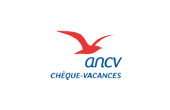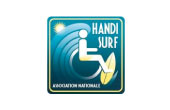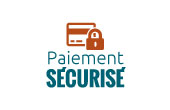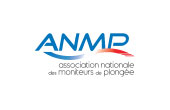Come and discover surfing in the Basque Country in the best conditions between Saint Jean de Luz, Guéthary, Bidart and Hendaye.
Aquality School guides and coaches you on the best surf spot on the Basque coast.
Aquality School Charter
Created in 2009 by Fabrice Cora with the aim of bringing a different pedagogical approach based on quality services, Aquality School stands out for its willingness to adapt.
What is Quality for us?
- Find the most suitable spot between Bidart, Guéthary, Saint Jean de Luz and Hendaye
- weather conditions,
- at the tide
- at your level,
- your desires
- to the activity practiced
- Always be present in the water with you to:
- your security
- give you personalized advice
- bring you quality assistance and support
- Offer efficient and suitable equipment:
- your gender (male and female combination)
- to your needs
- at your level
- whatever you want
- the rules of hygiene
- environmental protection
With more than 30 years of experience and 15 years of teaching experience, Fabrice puts all his skills at your service to share his experience and make you spend unique moment to learn to surf.
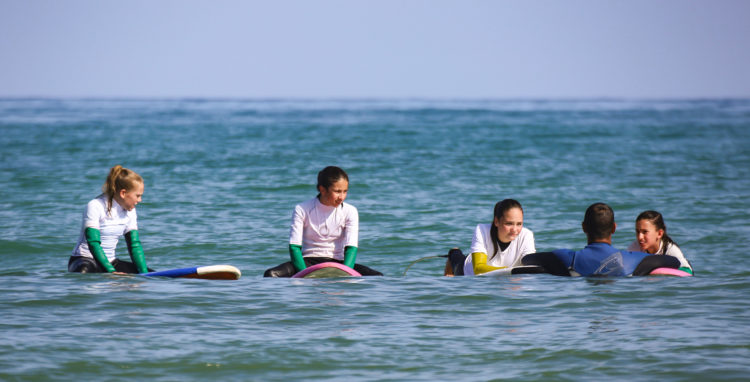
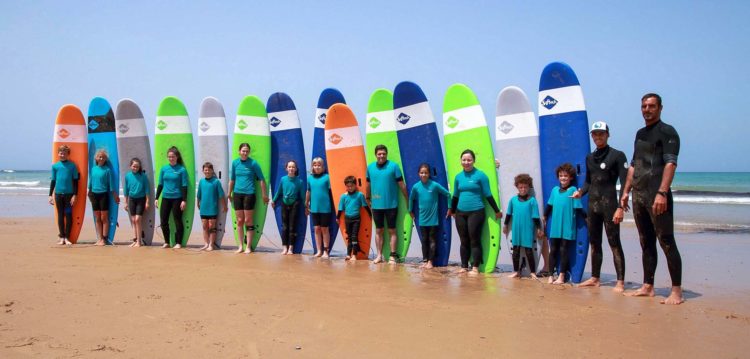
In individual or group lesson, Fabrice, accompanies you in the water for personalized advice during the whole the surf lesson.
All the equipment is provided: surfboard, leash, wax and summer or winter suit.
The surfboards are adapted to your level, your age, and your size, for more security and in order to facilitate your learning.
All combinations are rinsed and disinfected after each use.
We adapt to your comfort (man / woman) and your needs (long 4/3 or short 3/2).
Provide a towel, a swimsuit and sunscreen (possibly a snack for children).
Transport is free and provided from your home or different meeting points.
Surf lessons with Aquality School: all steps
1. Warm-up and information gathering
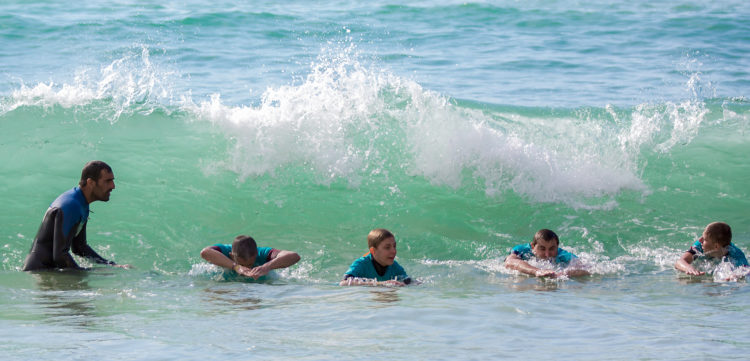
In order to avoid injury, it is important to warm up properly.
Each lesson begins with a Body-Surf session.
This is the basis and the essence of surfing.
This involves sliding only with your body, propelling yourself first in the mosses, then equipped with a pair of fins in the waves.
The most experienced use a very small board that attaches by hand called “handplane”.
For beginners this discipline allows you to warm up but also to take information such as:
- the water temperature
- the depth of the water under the waves
- the presence or absence of currents, its meaning, its strength
- the force of the waves
2. Straighten up in the mosses then in the waves

After taking your first foams and sliding on your stomach, it’s time to get your board back on the sand.
For the first lesson, the student must define which foot he positions at the back of the board.
Standing on the board, the goal is to know whether he prefers a left-handed (goofy) or right-handed (regular) positioning. Once defined, he fixes his leash (cord that connects him to his board) to his rear foot.
Once this step has been completed, the beginner comes to lie down on his board to adopt the correct position. Too much in the back, it will brake, too much in the front, it will crash its board in the water and fall.
It is therefore essential to understand the lying position well to have the best control of your board. After some explanations of security concepts, it’s time to go into the water to apply the first part of the course.
Surfing on the foam and elongated gliding. At the start, the instructor ideally positions the pupil and propels him on the appropriate foam in order to make him autonomous. Once this exercise has been assimilated, we return to the beach to work on the recovery (learning to stand up). It is important to understand the position you should adopt when standing:
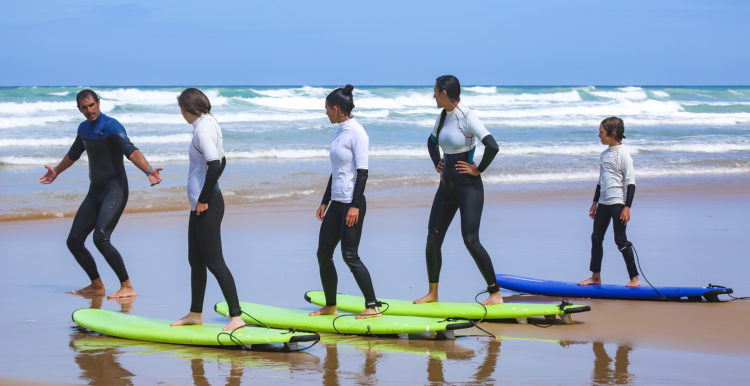
- the position of your feet
- leg spacing
- bending the knees
- position of arms and bust
- the look
Next comes the learning of the gesture.
There is no point in rushing and trying to imitate the pros. The assimilation of movement is acquired by repetition and not by speed of execution. At first, your arms are not used to this type of effort and you can quickly become exhausted.
It is better to favor technique over force. Once the exercise is understood and assimilated on the beach, it is time to apply it in the water.
To start, the instructor positions the beginner on his board, propels him into a foam, and tells him when to get up (timing).
Gradually it makes it autonomous so that it can repeat the exercise all by itself.
3. From recovery in the wave to the first maneuvers
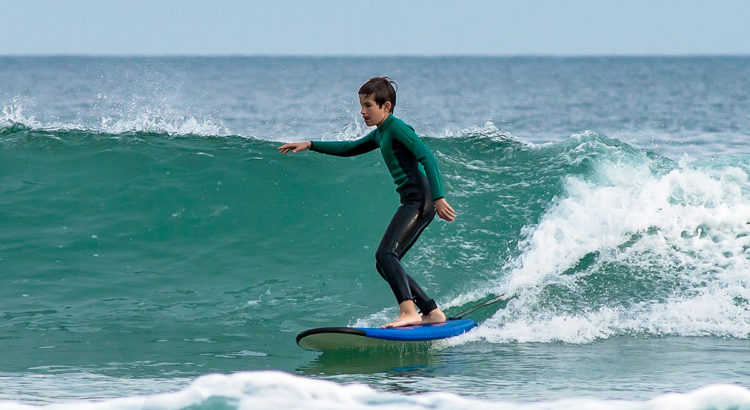
Once the recovery step is included in the foam, the monitor takes you into the waves. He reproduces the propulsion stage with his pupil.
The synchronization of the oar and the straightening on the wave is the following exercise.
It often reduces the size of the board.
Next comes the work of choosing the trajectories (front / frontside or back / backside), and the work of speed control to execute your first maneuvers (cut-back , roller, floater, aerial, …), and one day, your first tube (barrel).
4. Some advice
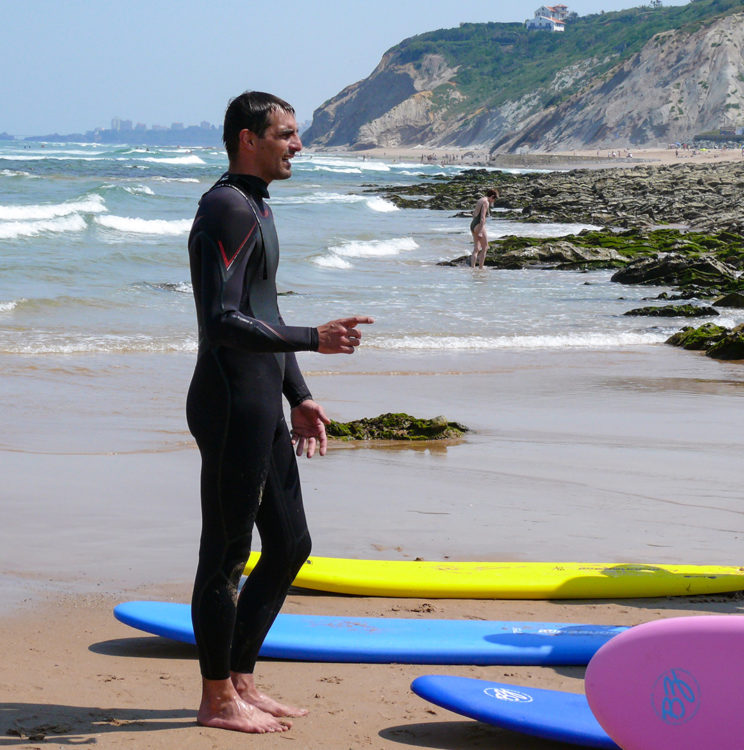
It is important to make sure that the reclining position and the straightening are well understood.
It is through repetition that we progress. It is important not to repeat mistakes.
Feel free to take cues from your board. Start with a big stable and slow board.



